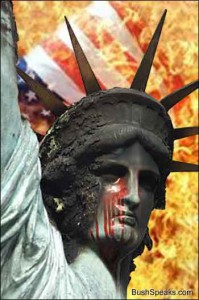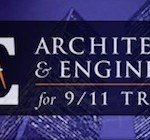15 YEARS LATER: ON THE PHYSICS OF HIGH-RISE BUILDING COLLAPSES
Exerpt:

In August 2002, the U.S. National Institute of Standards and Technology (NIST) launched what would become a six-year investigation of the three building failures that occurred on September 11, 2001 (9/11): the well-known collapses of the World Trade Center (WTC) Twin Towers that morning and the lesser-known collapse late that afternoon of the 47-story World Trade Center Building 7, which was not struck by an airplane. NIST conducted its investigation based on the stated premise that the “WTC Towers and WTC 7 [were] the only known cases of total structural collapse in high-rise buildings where fires played a significant role.” Indeed, neither before nor since 9/11 have fires caused the total collapse of a steel-framed high-rise—nor has any other natural event, with the exception of the 1985 Mexico City earthquake, which toppled a 21-story office building. Otherwise, the only phenomenon capable of collapsing such buildings completely has been by way of a procedure known as controlled demolition, whereby explosives or other devices are used to bring down a structure intentionally. Although NIST finally concluded after several years of investigation that all three collapses on 9/11 were due primarily to fires, fifteen years after the event a growing number of architects, engineers, and scientists are unconvinced by that explanation.
Read the rest of this article here.


























